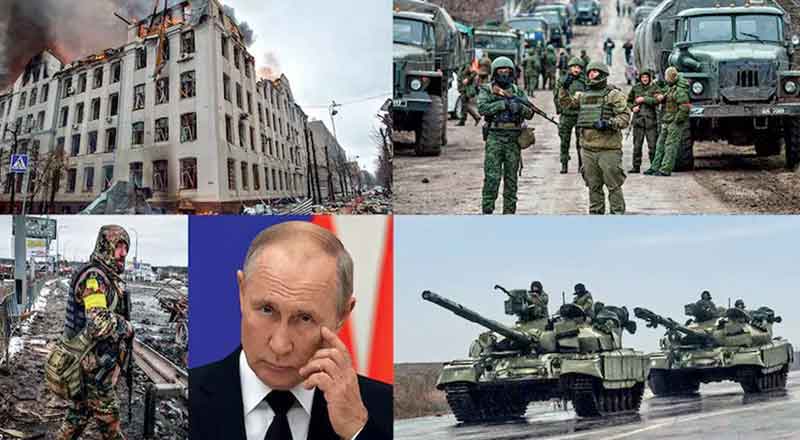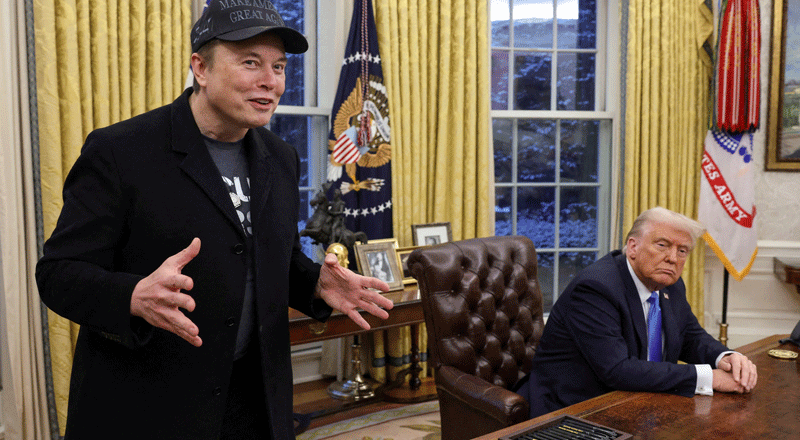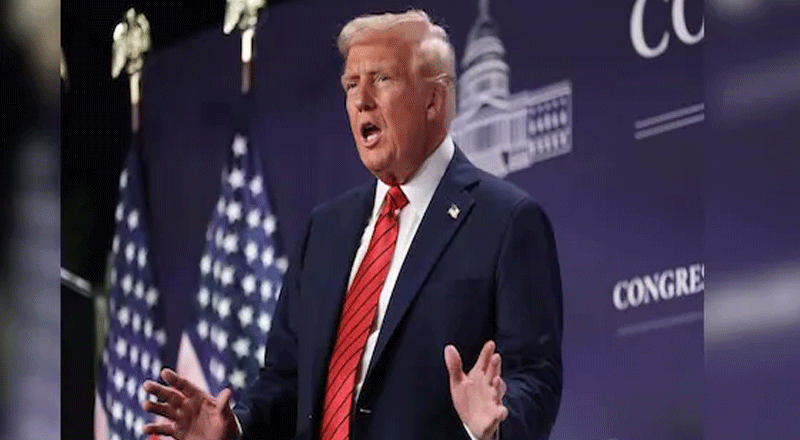Strategic Overextension and Flexibility
Sun Tzu’s The Art of War offers timeless wisdom on military strategy, highlighting the critical balance between offense and defense, the need for adaptability, and the power of psychological warfare. The ongoing conflict between Ukraine and Russia illustrates these principles vividly, especially regarding Russia’s strategic overextension and the resulting vulnerabilities.
Russia’s Overextended Offensive
Sun Tzu cautions against overextension, stating, “He who is prudent and lies in wait for an enemy who is not, will be victorious.” Russia’s initial military strategy, characterized by a rapid and expansive offensive into Ukraine, exemplifies this warning. The Kremlin aimed for swift, decisive victories by launching a multi-front assault to quickly capture key Ukrainian cities like Kyiv and destabilize the Ukrainian government.
However, this strategy underestimated the resilience of Ukrainian forces and the logistical challenges of maintaining such a broad offensive. As the conflict progressed, Russia found itself overextended, with its forces spread thin and supply lines overstretched. This situation compromised Russia’s ability to effectively defend its own territory, exactly as Sun Tzu predicted—overextension without strategic flexibility leads to vulnerability.
Inadequate Defensive Preparations
Sun Tzu emphasizes thorough preparation, asserting, “The general who wins the battle makes many calculations in his temple before the battle is fought.” Russia’s defensive posture, particularly in regions like Kursk, reveals a lack of adequate preparation. The defensive lines in these areas proved insufficient against Ukrainian counter offensives, which saw Ukrainian troops penetrating up to 30 kilometers into Russian territory.
This reactive approach to defense—constructing new defensive lines only after Ukrainian advances—illustrates a failure to anticipate and prepare for potential threats. The evacuation of civilians and hasty reinforcement of defenses highlight a lack of foresight in protecting critical infrastructure and territory. Sun Tzu would argue that Russia’s failure to anticipate Ukrainian moves and prepare accordingly reflects a fundamental lapse in strategic planning.
Psychological Warfare and Morale Impact
Sun Tzu underscores the importance of psychological warfare, stating, “The supreme art of war is to subdue the enemy without fighting.” Russia’s initial strategy relied heavily on psychological intimidation, using overwhelming force to coerce Ukraine into submission. However, the tide has turned as Ukraine’s recent incursions into Russian territory have become a form of psychological warfare designed to undermine Russian morale.
The intrusion into the Kursk region forces Russia to confront the vulnerability of its own territory, impacting both civilian and military morale. The need to evacuate tens of thousands of civilians and divert resources to homeland defense detracts from Russia’s image of strength and control. This erosion of confidence aligns with Sun Tzu’s belief that disrupting the enemy’s morale can be as effective as any physical victory.
Exploiting Strategic Weaknesses
Sun Tzu advises, “Attack where they are unprepared, appear where you are not expected.” Ukraine’s strategic incursions into Russian territory reflect this principle, compelling Russia to stretch its resources thinner and defend a broader area. By launching operations in regions like Kursk, Ukraine forces Russia to divide its focus between maintaining its offensive in eastern Ukraine and defending against incursions.
This strategy complicates Russia’s operational planning and resource allocation, allowing Ukraine to relieve pressure on its own defenses and create new opportunities for counter offensives. Sun Tzu’s strategy of exploiting enemy weaknesses by forcing them to fight on multiple fronts and diluting their effectiveness is evident in Ukraine’s approach.
The Role of External Factors and Alliances
Sun Tzu also highlights the importance of understanding the broader context of conflict, including alliances and external support. Russia’s recent reliance on munitions from North Korea underscores a critical issue—its supply lines and resources are strained. This dependence on external sources for military supplies reveals that Russia’s initial calculations underestimated the conflict’s duration and intensity.
This reliance on external support exposes a vulnerability that Ukraine and its allies can exploit by targeting Russian supply chains and highlighting the fragility of its logistical networks. The broader implications of these alliances and support structures play a crucial role in shaping the conflict’s dynamics.
Turning the Tables: Ukraine’s Strategic Advantage
Russia’s excessive focus on offense, coupled with inadequate defense and strategic overextension, has created significant vulnerabilities. Ukraine’s recent incursions into Russian territory exemplify how a well-executed strategy, in line with Sun Tzu’s teachings, can exploit these weaknesses. By forcing Russia to divert resources, destabilize internal security, and challenge its psychological dominance, Ukraine is effectively turning the tables on an overextended adversary.
The conflict between Ukraine and Russia underscores the enduring relevance of Sun Tzu’s The Art of War in modern military strategy. The interplay of offense and defense, the importance of strategic flexibility, and the impact of psychological warfare are crucial elements in understanding the dynamics of this ongoing conflict. As Ukraine continues to navigate these strategic principles, the lessons from Sun Tzu offer valuable insights into the art of warfare and its application in contemporary conflicts.
(With inputs from agencies)





